North African Stew: The Spice-Packed Soul of the Sahara
When it comes to culinary traditions, few dishes embody the spirit of hospitality and heritage like North African stew. It’s more than just food—it’s a story told through spices, simmered slowly over generations. In this deep dive, we’ll explore the aromatic world of North African stews, uncover how they vary across Morocco, Algeria, Tunisia, and Libya, and share practical tips to bring that desert warmth into your kitchen.
Table of Contents
- What Exactly Is a North African Stew?
- The Spice Rack Essentials for Authentic Flavor
- Regional Riffs: How Each Country Makes It Their Own
- 7 Practical Tips for Perfecting Your Pot
- Spice Showdown: A Comparative Breakdown
- Final Thoughts: Why You Should Be Cooking This Tonight
What Exactly Is a North African Stew?
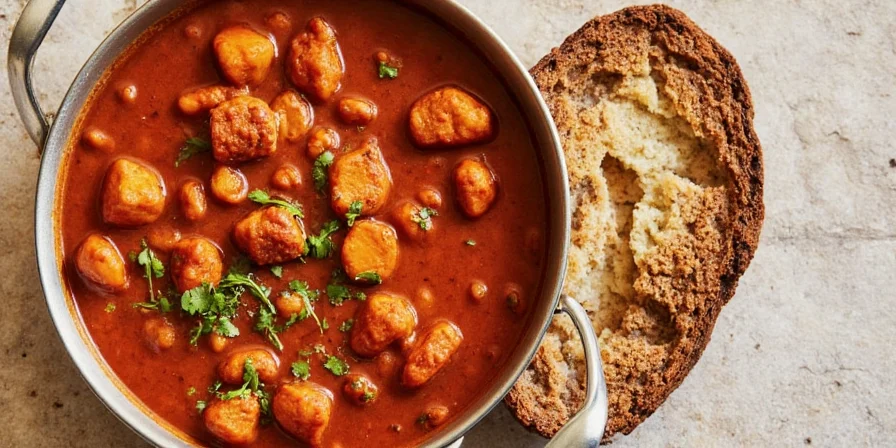
If you’ve ever smelled a bustling Marrakech souk or wandered through an Algerian market at dusk, you know that North African cuisine is all about balance—sweet and savory, tender and crunchy, warm and bold. At the heart of it? The humble yet heroic stew.
North African stews are typically slow-cooked one-pot wonders made with meat (often lamb or chicken), root vegetables, dried fruits, olives, and, most importantly, a vibrant blend of spices. These stews are traditionally cooked in a tagine, though a Dutch oven or heavy-bottomed pot works just fine at home.
The Spice Rack Essentials for Authentic Flavor
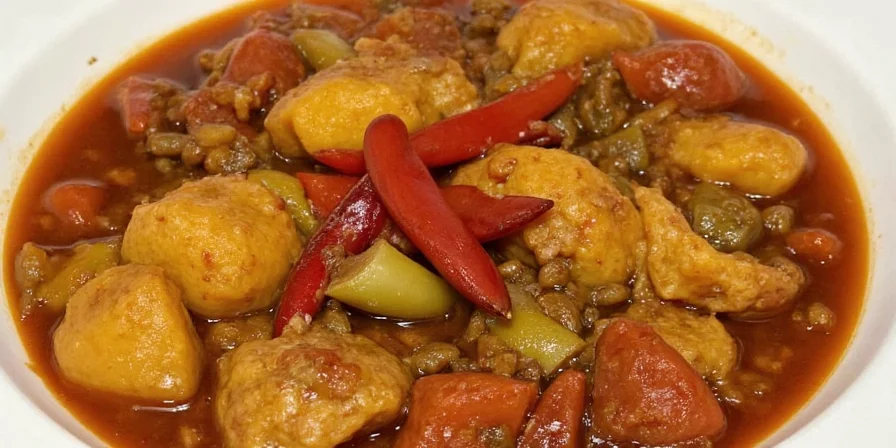
No stew is complete without its spice profile—and North African stews shine brightly here. Here’s a list of essential spices you need to keep on hand:
- Turmeric: For color and earthy warmth
- Paprika: Adds smokiness and a rich red hue
- Cumin: The backbone of many North African blends
- Ginger: Fresh or ground, it adds brightness
- Cinnamon: Sweet-spicy note, especially in Moroccan dishes
- Coriander: Brings floral depth
- Harissa: For heat lovers—use as a paste or powder
Regional Riffs: How Each Country Makes It Their Own
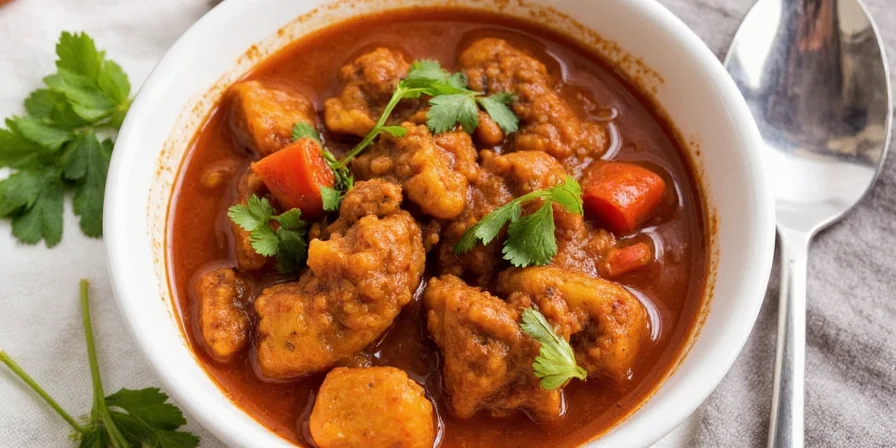
Each country in North Africa has its own take on the stew, influenced by geography, history, and trade routes. Let’s break down the differences:
| Country | Dish Name | Main Ingredients | Signature Spices | Unique Twist |
|---|---|---|---|---|
| Morocco | Tagine | Lamb, apricots, olives, tomatoes | Cumin, turmeric, cinnamon | Sweet-savory contrast |
| Algeria | Chorba | Beef, chickpeas, vermicelli | Paprika, saffron, harissa | Hearty and spiced |
| Tunisia | Brik | Egg, tuna, capers, potatoes | Coriander, garlic, chili | Fried wrapper, soft center |
| Libya | Ash' al-Libib | Sheep offal, bread crust base | Seven-spice mix (baharat) | Thick, porridge-like texture |
7 Practical Tips for Perfecting Your Pot
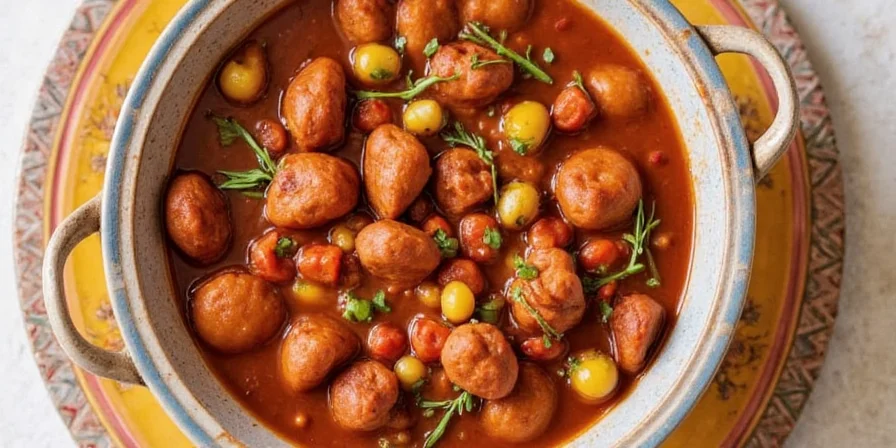
Ready to get cooking? Here are seven expert-approved tips to elevate your North African stew game:
- Start with good quality oil—olive oil or sesame oil brings out spice flavors beautifully.
- Toast your spices first—a quick sizzle in oil wakes up their aromatics.
- Use bone-in meat—for richer flavor and natural gelatin.
- Add acidic elements like preserved lemon or vinegar to brighten the dish.
- Don’t rush the simmer—low and slow develops layers of flavor.
- Finish with fresh herbs like cilantro or parsley for freshness.
- Pair wisely—serve with couscous, flatbread, or even over rice for extra comfort.
Spice Showdown: A Comparative Breakdown
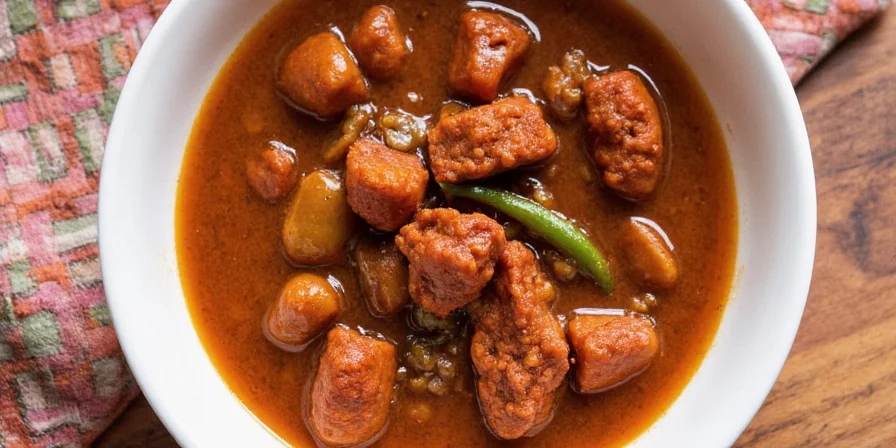
Let’s visually compare the most common spices used across key North African stews:
| Spice | Morocco | Algeria | Tunisia | Libya |
|---|---|---|---|---|
| Cumin | ⭐⭐⭐⭐⭐ | ⭐⭐⭐⭐ | ⭐⭐⭐⭐⭐ | ⭐⭐⭐ |
| Cinnamon | ⭐⭐⭐⭐⭐ | ⭐⭐⭐ | ⭐⭐ | ⭐ |
| Harissa | ⭐⭐ | ⭐⭐⭐ | ⭐⭐⭐⭐⭐ | ⭐⭐ |
| Paprika | ⭐⭐⭐ | ⭐⭐⭐⭐ | ⭐⭐⭐ | ⭐⭐ |
| Turmeric | ⭐⭐⭐⭐ | ⭐⭐⭐ | ⭐⭐ | ⭐⭐⭐ |
| Saffron | ⭐ | ⭐⭐⭐ | ⭐ | ⭐⭐ |
Final Thoughts: Why You Should Be Cooking This Tonight
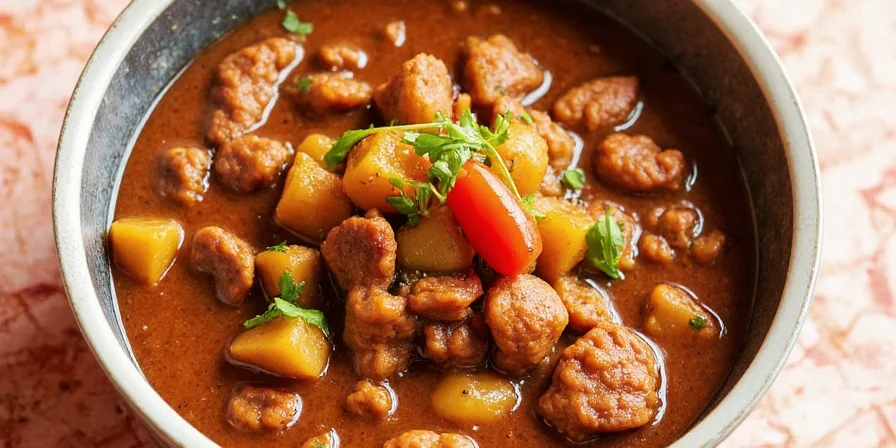
Whether you’re chasing the flavors of Casablanca or just looking to spice up your weeknight routine, North African stews offer something for everyone. They’re deeply flavorful, surprisingly flexible, and perfect for batch cooking or sharing around the table.
So next time you're staring into your pantry wondering what to cook, reach for those cumin seeds and preserved lemons. Let the aroma transport you to sun-baked courtyards, where meals are shared slowly and seasonings dance on the tongue. With these tips and tricks in hand, you're not just making stew—you're crafting culture, one fragrant bite at a time.

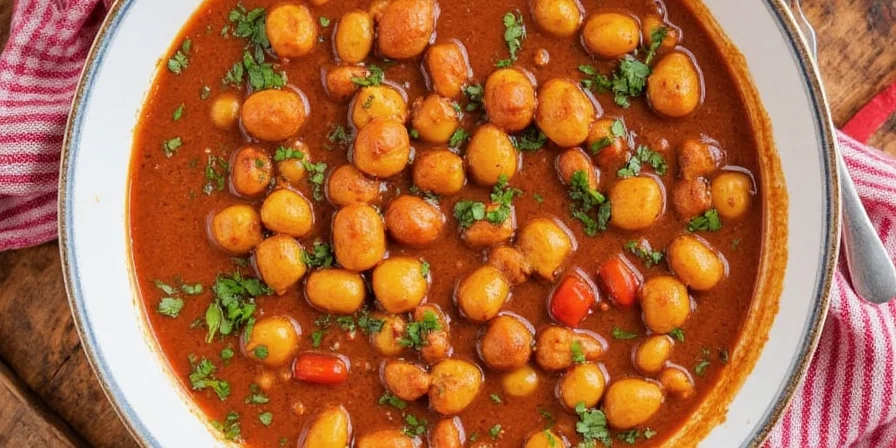









 浙公网安备
33010002000092号
浙公网安备
33010002000092号 浙B2-20120091-4
浙B2-20120091-4